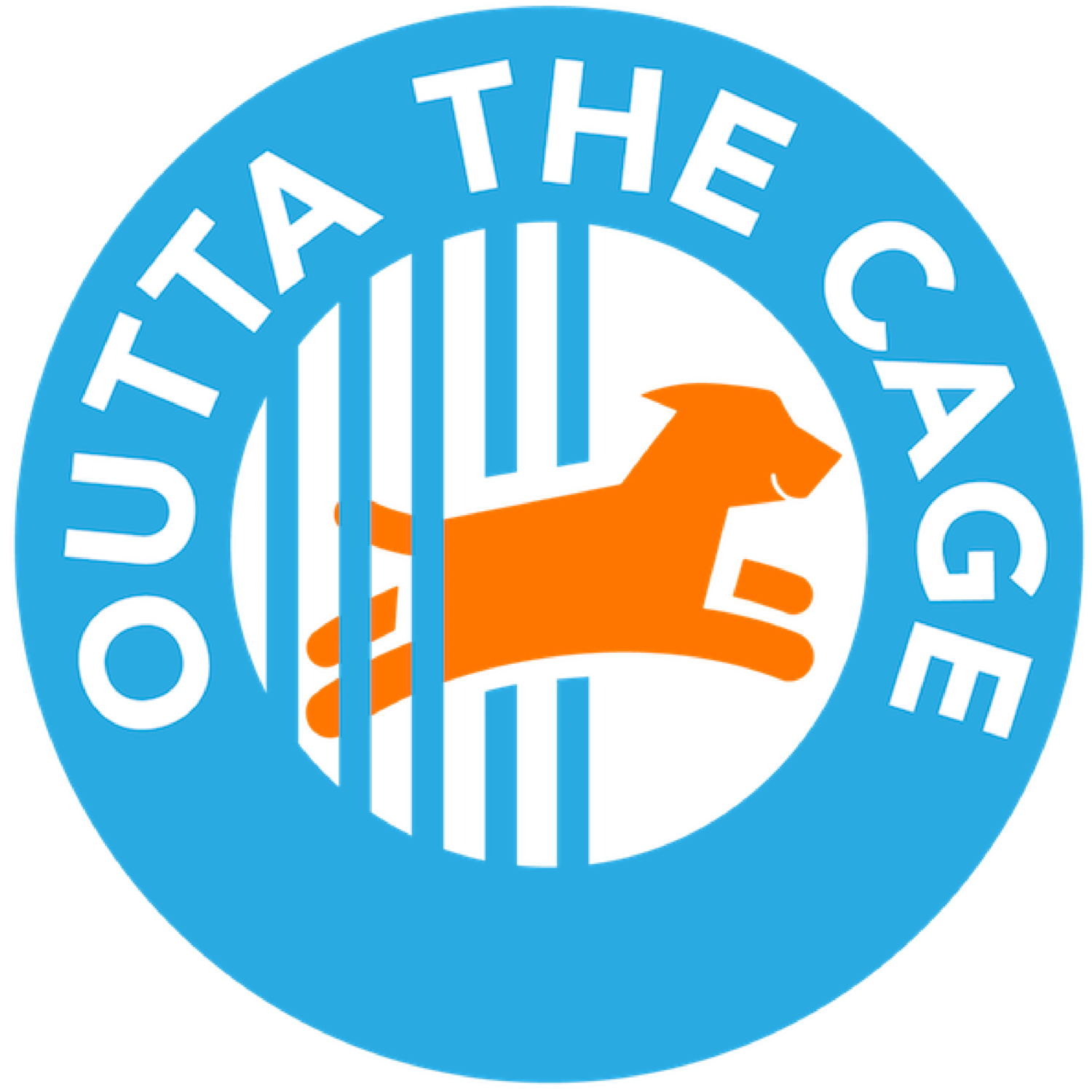Case management in animal welfare: Is there a case?
In which Jill describes how an established business practice is rescue’s latest trend.
I run a rescue, but my day job is as a management consultant helping Fortune 500 companies use data better. A few years ago, a state government’s social services agency retained my firm to lead a project streamlining the delivery of child and family services.
The needs of struggling families, amplified during the Covid pandemic, vary. Some families request temporary or low-cost housing. Some require food assistance. Some need child care, medical services, transportation to or from work, job training, or legal assistance to enforce child support or dispute evictions.
Delivering these services was often a clunky collaboration of various governing bodies, NGOs, and individuals. Data was kept in paper files, spreadsheets, emails, and even on Post-It notes! Services could take weeks or months to reach a needy family. The agency had a mandate to deliver assistance in a more efficient and timely way and, ultimately, reduce costs.
Every family requesting support became a “case”—a person or group with a set of needs and desired outcomes provided over time—that could be registered and tracked as the state delivered aid. We mapped out optimized processes and implemented an automated workflow tool to track assistance from initial request through delivery and follow up. This allowed the child and family services agency to engage the right group or service provider at the right time. Resources were well-utilized, problems were corrected, and costs plummeted. The governor included the success in campaign commercials. The new system paid for itself in less than three years, ultimately saving taxpayers millions of dollars.
I remembered this project recently as we were rescuing Frankie, a lumbering 2-year old St. Bernard-y mix who’d languished at Long Beach shelter for five months.
We’d met Frankie in August. A friendly, enthusiastic boy, Frankie was a lot of dog. During our plea video, he offered his paw, then cannily maneuvered himself into my lap! Although I thought this “fake shake” showed off Frankie’s smarts, a 90-pound dog hurling himself onto your person isn’t everyone’s idea of entertainment.
After two months in the shelter, Frankie begun spinning in his kennel, a typical indicator of stress, and his increasing desperation was tough to watch. Shelter volunteers were getting more concerned about Frankie’s health. As his behavior became more erratic, we revved up our networking, sharing photos and videos of the Frankie we knew and loved.
Alan, a regular shelter volunteer, had worked with Frankie since his intake. He would text me regular updates: Frankie had had a showing that did not go well. A family saw his video, made an appointment to meet him, then something came up. Someone else had called the shelter and claimed not to have heard back.
I forwarded Frankie’s video to my friend Bonnie, a fellow networker with a knack for outreach. Bonnie will talk to anyone, anytime, about a dog, and she followed up on inquiries to our Facebook page. She’d text phone numbers of interested parties to Alan so that he could represent Frankie, while I pushed the shelter to neuter Frankie (they did) and negotiated appointment times. Once a showing was scheduled, Alan would get to the shelter early and walk Frankie, so he’d be happy and tired before meeting his potential family.
Alan, Bonnie, myself, and the shelter rescue liaison were an unwitting group of case workers, and Frankie was our case. We each contributed based on our specialty, communicating via text and Facebook Messenger. Every failed showing was bittersweet since it meant Frankie was still in the shelter, but we were learning more about him and tuning our messaging. When we realized that Frankie needed manners, we decided to shift our targeting to rescues who could arrange training for Frankie, polishing his rough edges and getting him family-ready.
Team Frankie was a slapdash effort to help a good dog get seen. We didn’t use expensive workflow software, and our organizing was thanks to persistence and luck. It wasn’t a perfect collaboration, but it worked.
In the Covid-driven movement away from shelters as destinations and toward community-based sheltering, case management can be a game-changer. In this new scenario, every animal has a team, led by a case manager and comprised of specialists. These specialists are people within and outside the shelter system, with volunteers, fosters, rescues, municipal agencies, and sanctioned partners (including veterinarians and behaviorists) engaging when they’re needed.
Of course, in the growing movement to keep pets with their families, the definition of a “case” can extend to people, with family assistance being a growing need. Temporary foster or boarding services, food pantry assistance, low-cost veterinary care, and pet supplies are less expensive for a shelter than taking in a beloved family pet and trying to find it another home.
With every case, there are lessons learned and processes streamlined. Community request tracking and workflow automation software will accelerate positive outcomes. More animals will leave the shelter sooner, be healthier, and ultimately happier as teams work to fine-tune the best match. Costs will decline as release rates rise. And, more families will be able to keep their beloved pets at home.
Outta the Cage ended up rescuing Frankie, adding a trainer to his team. We continued to post Frankie’s videos, showing off his mad skills. A woman named Christina, who was looking for a large breed dog she could work with, saw one of our videos, and that’s all it took. For Frankie, that means a happy life. Case closed!
For additional reading, check out Jill’s new ebook:
Community-based Sheltering in a Post-COVID World: How the pandemic sparked animal shelter reform.


